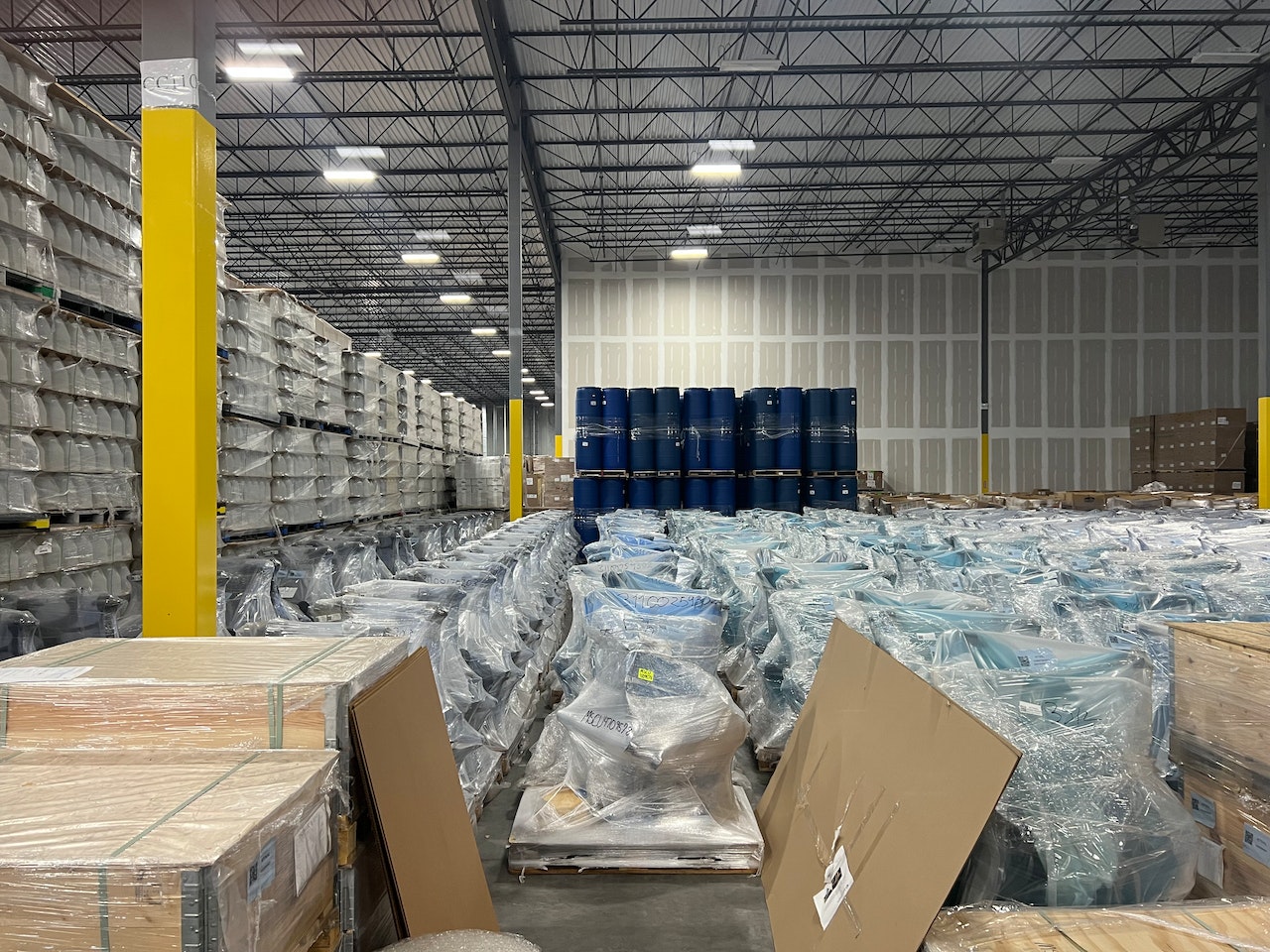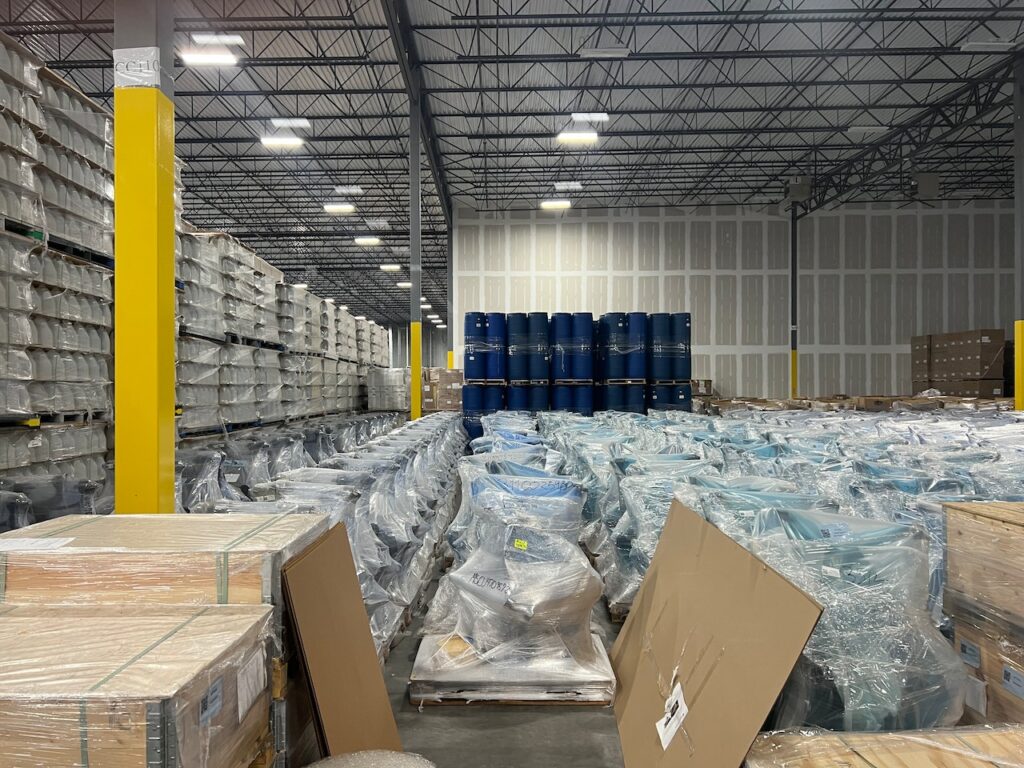Commercial real estate offers a diverse range of investment opportunities, each falling into distinct asset classes. Investors can choose from various asset classes based on their financial goals, risk tolerance, and market conditions. This paper explores the primary asset classes in commercial real estate – office, retail, industrial, and multifamily – and outlines the pros and cons of investing in each.
Office
Pros:
Steady Income: Office properties often provide a consistent rental income due to long-term leases with corporate tenants.
Professional Management: Commercial office buildings typically have professional property management, reducing the burden on individual investors.
Location Value: Prime office locations in urban centers tend to appreciate over time, potentially offering substantial capital gains.
Diversification: Investors can diversify their portfolio by investing in different types of office spaces, such as Class A, B, or C properties.
Cons:
Economic Sensitivity: Office markets are sensitive to economic fluctuations. Downturns can lead to higher vacancy rates and reduced rental income.
Lease Risk: Long-term leases can lock in lower rental rates if market rents rise, leading to missed income opportunities.
Capital Intensive: Office properties often require significant capital for maintenance, renovations, and tenant improvements.
Technology Disruption: The rise of remote work and technology can impact office demand, potentially decreasing property value.
Retail
Pros:
Stable Income: Retail properties generate steady cash flow from tenant rents, particularly in well-located areas.
Triple Net Leases: Many retail leases include tenants responsible for property taxes, insurance, and maintenance, reducing the landlord’s expenses.
Location-Driven: High-traffic retail locations can yield excellent returns and potential for appreciation.
Diversification: Retail properties encompass various types, including shopping centers, malls, and single-tenant assets, enabling portfolio diversification.
Cons:
E-commerce Threat: The growth of online shopping has challenged traditional retail spaces, leading to potential tenant turnover.
Tenant Risk: Retail tenants may struggle with rent payments during economic downturns or business challenges.
Maintenance Costs: Maintenance of retail properties can be costly, especially for large shopping centers.
Zoning and Regulation: Zoning restrictions and local regulations can limit the potential use of retail properties, affecting their value.
Industrial
Pros:
Steady Demand: The e-commerce boom has increased the demand for industrial properties, including warehouses and distribution centers.
Long Leases: Industrial leases often have longer terms, providing stable income for investors.
Low Tenant Turnover: Businesses tend to stay in their industrial locations for logistical reasons, reducing vacancy risk.
Minimal Tenant Improvements: Tenants often handle interior build-outs and improvements, reducing landlord expenses.
Cons:
Location Sensitivity: Industrial properties’ value heavily depends on proximity to major transportation hubs and infrastructure.
Economic Cycles: Economic downturns can affect demand for industrial space, especially for industries reliant on consumer spending.
Specialized Knowledge: Successful industrial investments may require knowledge of logistics and supply chain trends.
Environmental Considerations: Some industrial properties may have environmental risks or compliance challenges.
Multifamily
Pros:
Resilience: Multifamily properties tend to be recession-resistant, as people always need housing.
Cash Flow: Steady rental income from multiple units can provide consistent cash flow.
Appreciation Potential: Multifamily properties in growing markets can appreciate in value over time.
Economies of Scale: Larger multifamily properties benefit from economies of scale in management and maintenance.
Cons:
Management Intensity: Multifamily properties require ongoing management and maintenance, especially with numerous units.
Tenant Turnover: High tenant turnover can lead to vacancy periods and administrative costs.
Regulatory Risks: Eviction moratoriums and rent control policies can impact rental income.
Local Market Variability: The performance of multifamily properties can vary significantly by location and market dynamics.
In conclusion, the choice of asset class in commercial real estate investment should align with an investor’s financial objectives and risk tolerance. Each asset class has its unique advantages and disadvantages, and successful investment strategies require a thorough understanding of the local market conditions and broader economic trends. Diversification across asset classes can also help mitigate risks associated with any one class.



